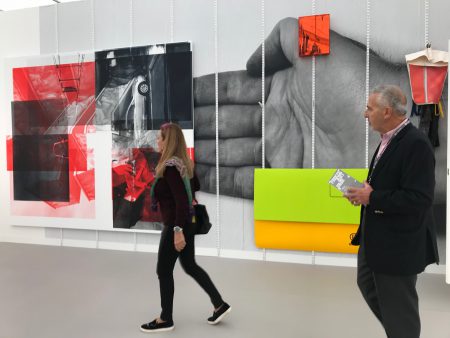Friendship and art history
In 1905, a story of friendship lay at the origin of one of the key episodes in modern art. The eccentric and visionary collector Gertrude Stein lived in Paris, at 27 Rue de Fleurus, near the Jardin du Luxembourg. This is where she amassed unique artworks whilst moving in the same circles as the artists who created them.
A young Spanish painter
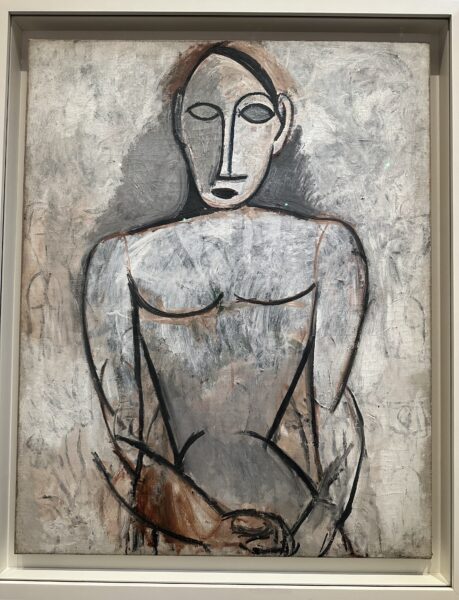
Pablo Picasso
This enlightened worldly activity took place in close partnership with her brother Leo, who noticed a young Spanish painter by the name of Pablo Ruiz Picasso. At the time, this artist was unaware of African art, whose forms would notably go on to inspire him, or Paul Cezanne, whom he would soon refer to as “father to us all”, or his fellow artist considered to be the most creative on the Parisian scene back then, Henri Matisse. “At that time every little crowd lived its own life and knew practically nothing of any other crowd. Matisse on the Quai Saint–Michel and in the indépendant did not know anything of Picasso and Montmartre” (1).
Opening Picasso’s eye

Pablo Picasso
She was the one who opened Picasso’s eyes to what would prove to be the catalyst for a new way of painting – conceived together with Georges Braque – known as Cubism. Out of this instant connection would emerge a project of a portrait of Gertrude by Picasso. The patron is depicted like a statue, more massive than ever. In her autobiography she recounts in the third person: “Practically every afternoon Gertrude Stein went to Montmartre, posed [for Picasso] and then later wandered back […] During these long poses and these long walks Gertrude Stein meditated and made sentences.”
Cécile Debray
At the Musée du Luxembourg in Paris, Cécile Debray, who is president of the Picasso Museum, has developed a theory, as part of a remarkable exhibition, that the Picasso/Stein relationship not only nurtured the painter but also reciprocally the “femme de lettres”.
What is a cubist writing?

Pablo Picasso
She was working on a writing form that could be described as cubist. Cécile Debray comments: “she follows the principles of the cubists by flattening volume and using muted colours. Her work was made up of simple vocabulary that functions based on very rhythmic repetition. For Gertrude: “Pablo makes abstract portraits in paint. I try to make abstract portraits in my medium, words.”
A rose is a rose…
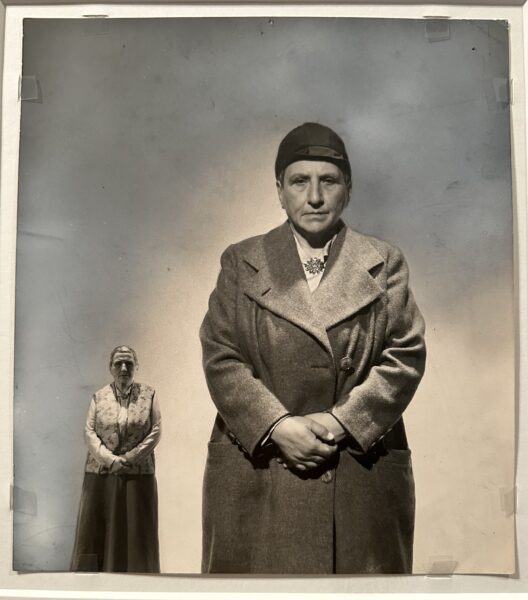
Cecil Beaton
She explains this in her own way: “When I said. A rose is a rose is a rose is a rose. And then later made that into a ring I made poetry”. With her dancing words she attracted an unusual level of fascination among the American avant-garde, especially in the postwar period. The exhibition is divided into two parts, one dealing with the cubist period and the other with more contemporary times.
Studies for Les demoiselles d’Avignon
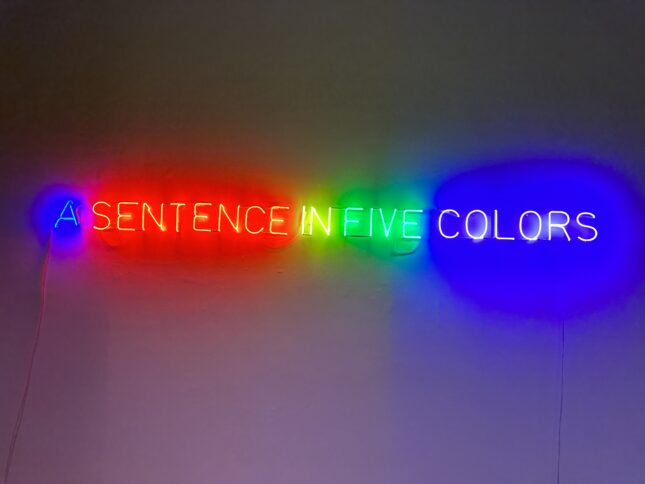
Joseph Kosuth
For the public frequenting Parisian museums, who are used to being spoilt, the great absence in this beautiful show is the portrait of Gertrude made by Picasso, which belongs to Moma. However we do find several masterpieces here, such as two oil paintings from 1907 which are studies for “Les demoiselles d’Avignon”, the Picasso canvas considered to be the birth of cubism.
John Cage
Then there is the great catalyst of Stein’s poetic message, the composer John Cage (1912-1992). The history of 20th-century art contains direct citations, repeated, from the poet. In 1969 when Robert Rauschenberg made a print celebrating the anniversary of Moma, he featured her image.
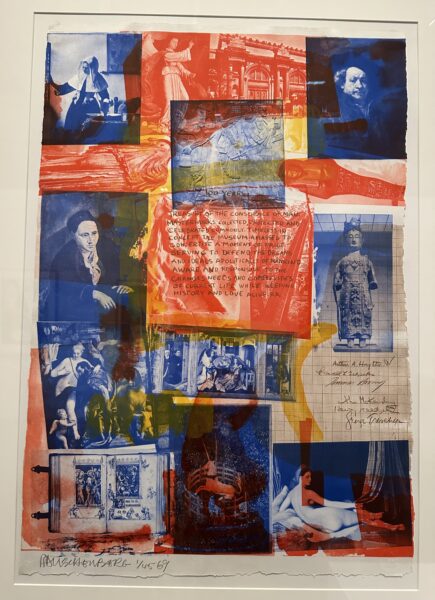
Robert Rauschenberg
Warhol
In 1980 it was Warhol who depicted her… And the minimalist artist Carl Andre said: “If Stein had been a man she would have been considered to be the greatest American writer of the 20th century.”
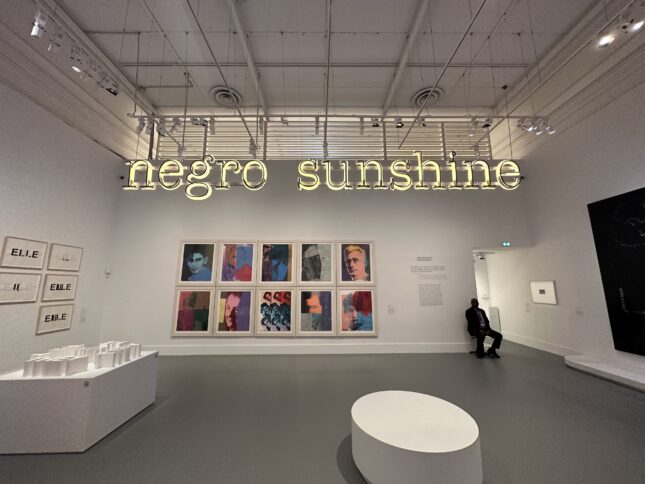
Glenn Ligon,Andy Warhol
The exhibition at the Musée du Luxembourg is daring in that it is about literature, but it is also exciting because it offers a fresh perspective on the history of the avant-garde. It also explains the pre-eminence of words in contemporary art. When words become art : from Joseph Kosuth to Glenn Ligon.
Until 28 January. Musée du Luxembourg. Gertrude Stein et Pablo Picasso. L’invention du langage. Museeduluxembourg.fr
(1) Gertrude Stein. The autobiography of Alice B.Toklas. Penguin. Modern Classic.
Support independent news on art.
Your contribution : Make a monthly commitment to support JB Reports or a one off contribution as and when you feel like it. Choose the option that suits you best.
Need to cancel a recurring donation? Please go here.
The donation is considered to be a subscription for a fee set by the donor and for a duration also set by the donor.



